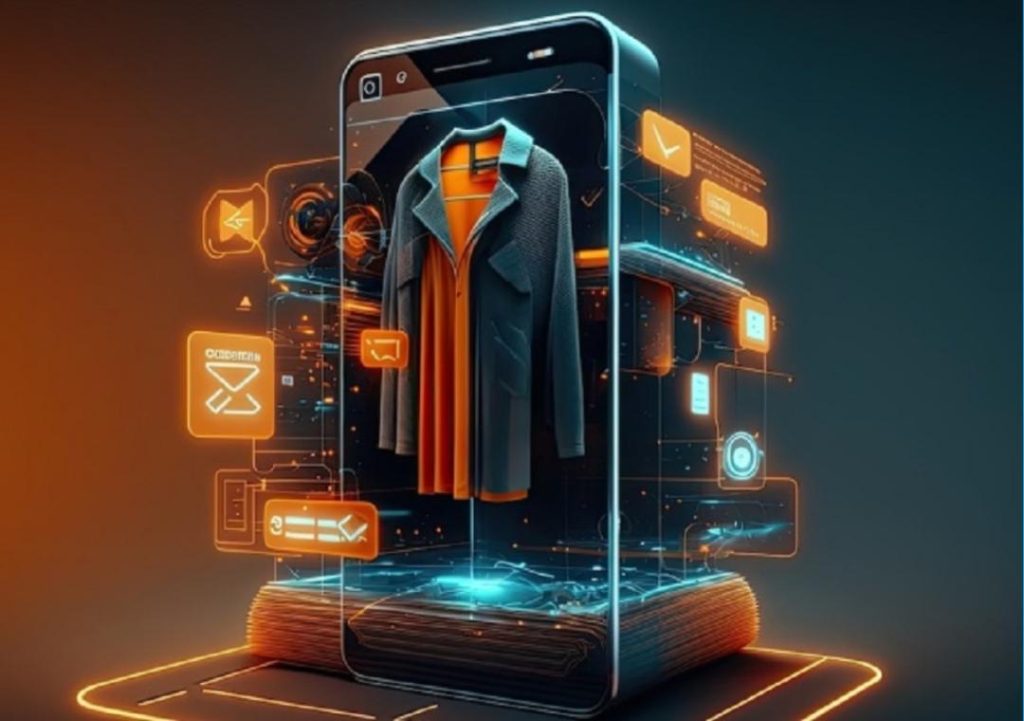
How AI, AR & Automation are redefining online shopping in 2025
Online shopping has undergone significant transformations over the years, and the latest advancements in artificial intelligence (AI), augmented reality (AR), and automation are revolutionizing the way consumers shop online. As we move into 2025, it’s essential to understand how these technologies are reshaping the e-commerce landscape and what this means for consumers, businesses, and the industry as a whole.
AI-Powered Personalization
One of the most significant impacts of AI on online shopping is the ability to offer personalized experiences to customers. AI chatbots, for instance, can help customers find products that match their preferences, interests, and behavior. These chatbots can analyze vast amounts of data, including customer interactions, purchase history, and browsing behavior, to provide tailored recommendations.
Smart recommendations are another area where AI is making a significant difference. AI algorithms can analyze customer data to suggest products that are likely to appeal to them, increasing the chances of a sale. For example, a customer who has purchased a pair of shoes online may receive a recommendation for a matching handbag or accessories.
AR Virtual Try-Ons
Augmented reality (AR) is another technology that’s changing the way customers shop online. AR virtual try-ons enable customers to preview products virtually, allowing them to see how a product would look on them without having to physically try it on. This feature is particularly popular in the fashion and beauty industries, where customers can try on makeup, clothing, and accessories virtually.
For instance, a customer can use AR to try on a virtual outfit and see how it would look with different accessories or hairstyles. This feature not only enhances the shopping experience but also reduces the likelihood of returns, as customers can see how a product would fit and look before making a purchase.
Voice Commerce
Voice commerce is another area where AI is making a significant impact. With the rise of voice assistants like Amazon Alexa and Google Assistant, customers can now shop online using voice commands. This technology is particularly popular in the home goods and electronics industries, where customers can simply ask a voice assistant to order a product.
For instance, a customer can ask Alexa to order a new smart TV or a coffee maker, and the product will be delivered to their doorstep. Voice commerce is not only convenient but also seamless, making it an attractive option for customers who value ease and speed.
Automation Streamlining Supply Chains
Automation is another technology that’s transforming online shopping. Automated logistics and supply chain management are streamlining the delivery process, making it faster and more efficient. With automation, online retailers can optimize their inventory management, order fulfillment, and shipping processes, ensuring that products are delivered to customers quickly and accurately.
For instance, an online retailer can use automation to track inventory levels in real-time, automatically reordering products when they’re running low. This feature not only reduces the likelihood of stockouts but also ensures that customers receive their products quickly and efficiently.
Improved User Experience
The combination of AI, AR, and automation is also improving the overall user experience of online shopping. With AI-powered chatbots and smart recommendations, customers can find products quickly and easily. AR virtual try-ons enable customers to preview products virtually, while voice commerce provides a seamless and convenient shopping experience.
Automation streamlining supply chains and delivery ensures that products are delivered quickly and accurately, reducing the likelihood of returns and improving customer satisfaction. Overall, the integration of AI, AR, and automation is revolutionizing the way customers shop online, making it faster, more immersive, and frictionless.
Conclusion
In conclusion, AI, AR, and automation are transforming online shopping in 2025, offering customers a more personalized, immersive, and seamless experience. From AI-powered chatbots and smart recommendations to AR virtual try-ons and voice commerce, these technologies are revolutionizing the way customers shop online.
As the e-commerce industry continues to evolve, it’s essential for online retailers to stay ahead of the curve by embracing these technologies and offering customers a more engaging and convenient shopping experience. By doing so, online retailers can increase customer satisfaction, reduce returns, and ultimately drive business growth.
News Source:
https://www.growthjockey.com/blogs/e-commerce-tech-trends-online-shopping






